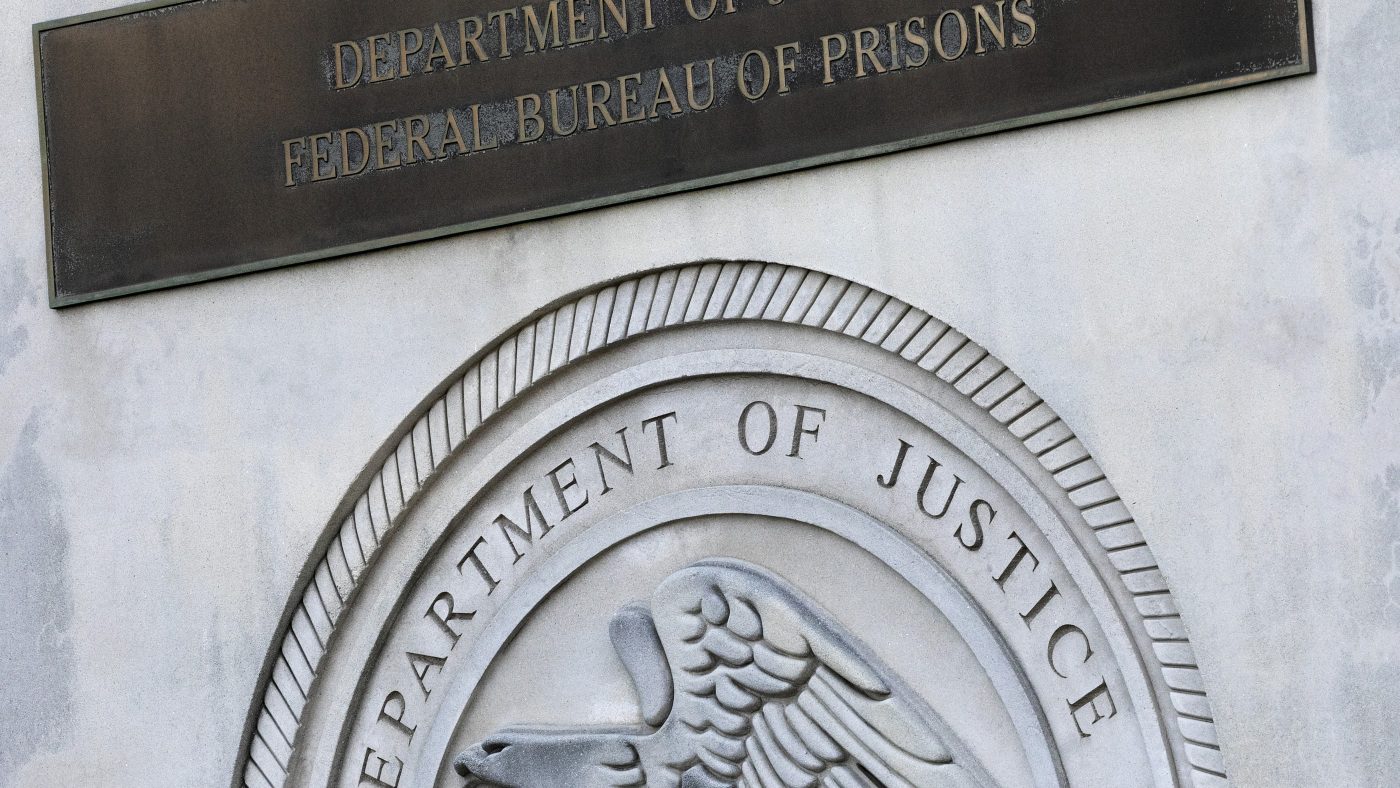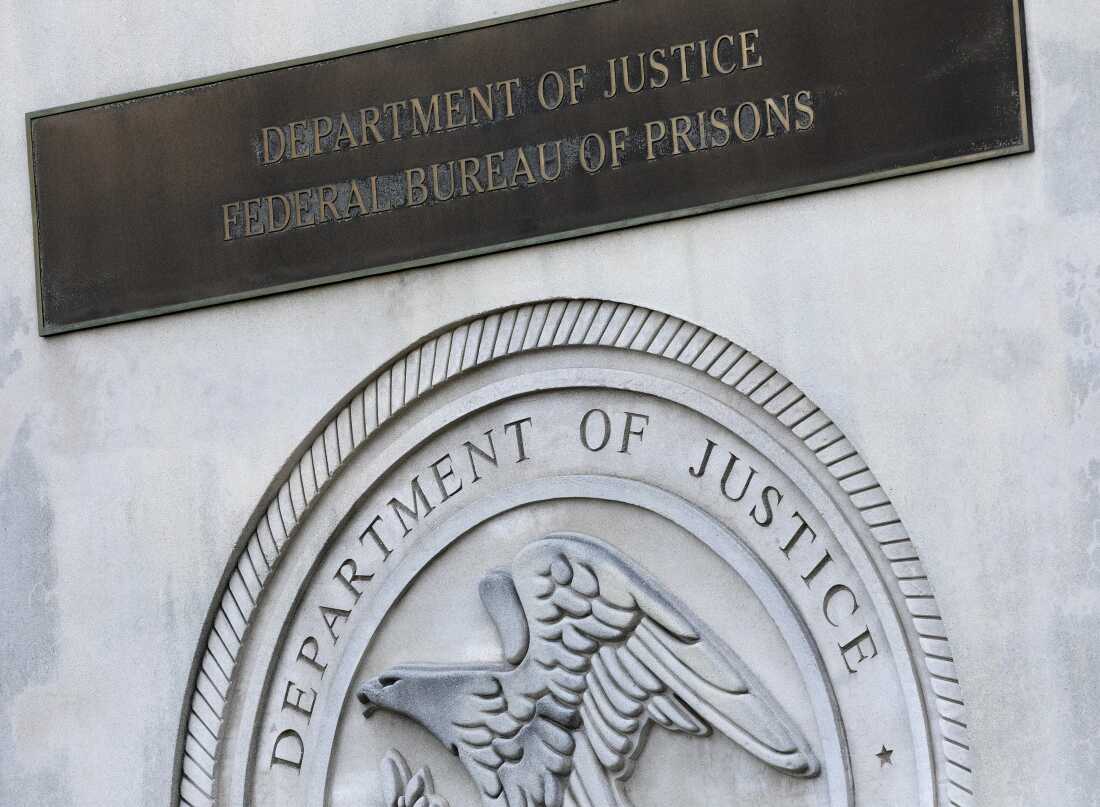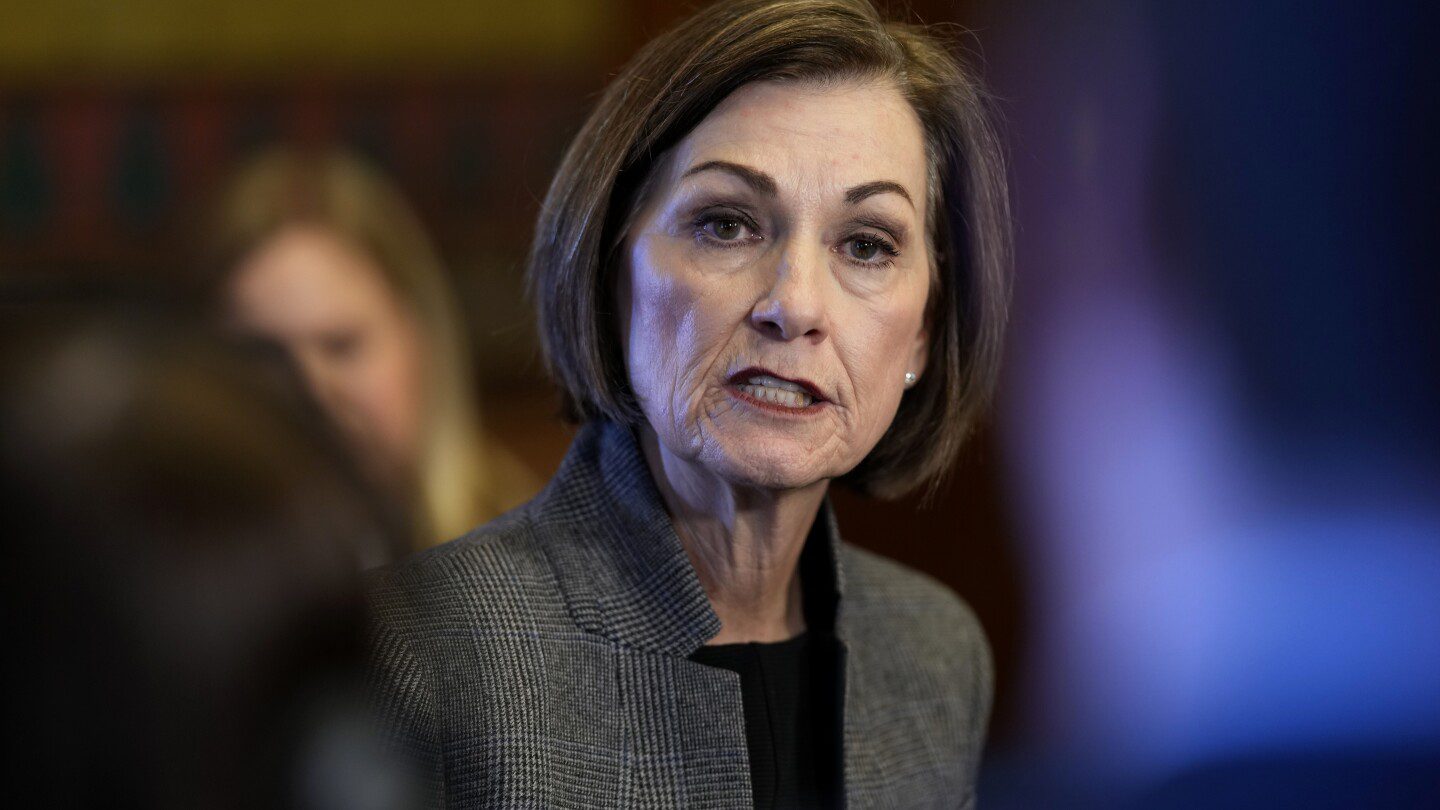

A sign for the Department of Justice Federal Bureau of Prisons is displayed in the Brooklyn borough of New York, July 6, 2020.
Mark Lennihan/AP
hide caption
toggle caption
Mark Lennihan/AP
The Bureau of Prisons (BOP) is advancing its agenda to relocate transgender inmates from facilities that correspond with their gender identity to those that align with their birth sex. According to federal inmates and a confidential source familiar with the situation, these transfers could take place as soon as next week.
This means transgender women currently in women’s prisons may be moved to men’s facilities, and the same applies to transgender men. These changes are expected to affect all transgender inmates, regardless of their surgical status.
This move has been met with deep concerns from both the transgender community and legal advocates since the signing of an executive order by President Trump, which directed the BOP to undertake such actions.
Legal Challenges Already Emerging
A group of twelve transgender women currently incarcerated have initiated a lawsuit aimed at preventing the BOP from executing these mass relocations of transgender prisoners.
According to their attorney, Kara Janssen, “If transferred, inmates—some of whom have undergone surgeries—would be exposed to a significantly high chance of assault.”
Trump’s executive order, which indicates that the federal government recognizes only two sexes—male and female— “does not allow for personalized assessments or discretion, fails to enhance safety, and these ongoing efforts to relocate individuals and put them in danger seem to stem from pure animosity towards this group,” Janssen conveyed in an email to NPR.
The BOP has not yet responded to inquiries from NPR, nor has it publicized the details of its new policy or the impending relocations.
The inmates, referenced in the lawsuit by pseudonyms and with their locations concealed, are presently in women’s facilities but are set to be moved.
The lawsuit reveals that the women spent several weeks being cautioned about imminent transfers, and were informed on Thursday that they were officially designated for relocation to a men’s facility, where their hormone therapies would cease. Following this announcement, the inmates were segregated from the general prison population.
Concerns regarding sexual violence and abuse arise from past experiences of some inmates who faced such treatment while previously held in men’s facilities.
Previously, the BOP conducted individual evaluations to determine the most suitable housing for transgender inmates, considering their safety and compliance with the federal Prison Rape Elimination Act (PREA).
This individual assessment policy was operative until the signing of Trump’s executive order on January 20. The legal challenges to the executive order, which concerns the treatment of transgender inmates, have been successful in earlier court cases where plaintiffs sought to obstruct the new regulations. On February 4, for instance, a federal judge issued a temporary restraining order against the relocation of three transgender women named in the lawsuit. However, this order only safeguards those specific individuals and does not extend protection to the broader transgender inmate community.
It remains uncertain how many inmates the BOP plans to relocate overall. Previous data indicated there are 1,529 transgender women and 744 transgender men in custody, but it is unclear how many of them are currently held in facilities corresponding to their birth sex rather than their gender identity. Following the recent executive order, the BOP’s website has removed details regarding its transgender population.
Prison Preparations Underway for Transfers
As the BOP aims to implement these transfers soon, multiple conference calls involving prison officials and psychologists across the country have taken place in recent days, according to a source familiar with the agency’s plans.
The source informed NPR that the BOP is anticipating legal challenges and potential court orders to halt the relocations, but intends to proceed nonetheless. Specific prison officials will not begin any relocations until they receive clearance from the BOP, and the timeline for that remains unclear. The bureau recognizes the risk factors—including potential violence, sexual abuse, and suicide vulnerability—communicated by their staff.
At least one facility is reportedly taking measures to establish specialized housing units for transgender inmates to mitigate the risk of harm, and each case is being evaluated based on security classifications—for instance, an inmate from a low-security facility would only be transferred to another low-security federal prison.
AJ Diciesare, a transgender man currently in a women’s facility, does not expect to be impacted since his current placement aligns with his assigned sex at birth. Nevertheless, he voiced concerns regarding the implications of these new protocols for himself and his peers. He has been on hormone treatment for years and fears that it may soon be interrupted.
“The withdrawal is not just physical; it brings about mental distress,” he explained, sharing his emotional struggles when he has been removed from his medication.
Despite his attempts to seek clarity from prison administrators about the forthcoming changes, he has received no communication, causing anxiety to escalate. “It’s building apprehension,” he noted.
He shared that he has witnessed a palpable fear among the trans women in his facility ever since they learned of plans for their transfer to male facilities. He pointed out that two individuals he conversed with are considered to have fully transitioned, including through surgeries, yet they remain on the relocation list.
“We may have broken laws, but we are still human. We are still individuals,” Diciesare asserted.
Report contributed by Lauren McGaughy from KUT/The Texas Newsroom.












